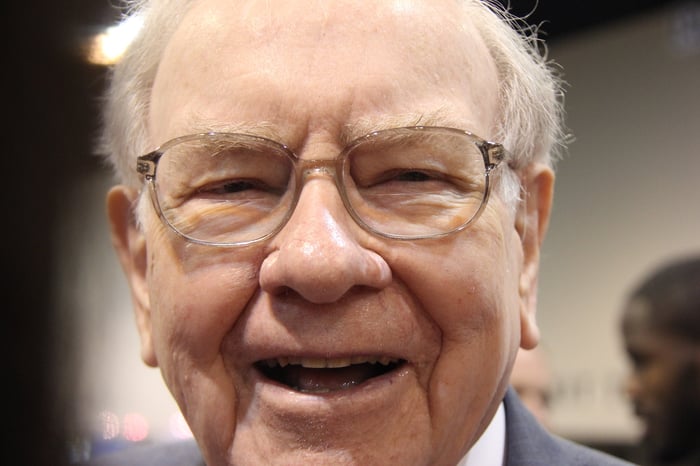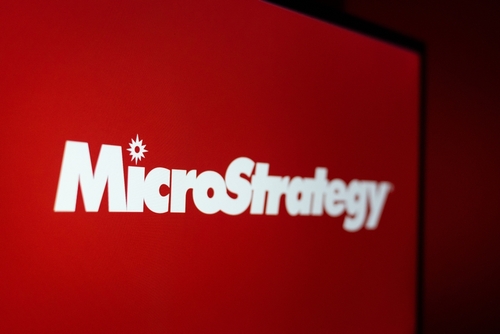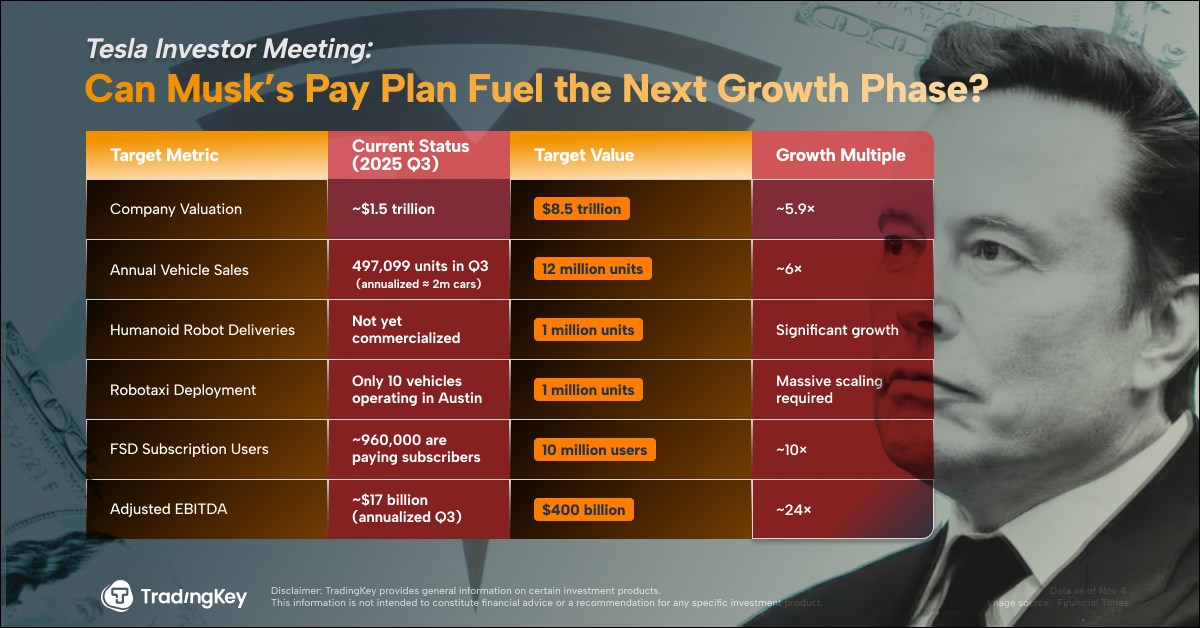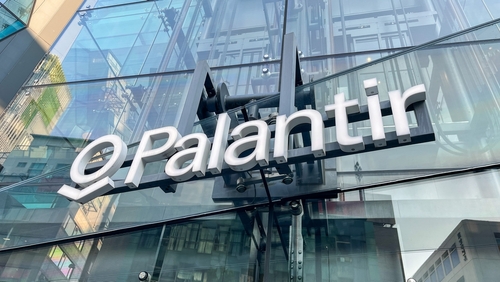Cathie Wood and Warren Buffett Both Own This Dirt-Cheap Artificial Intelligence (AI) Stock. Time to Buy?

Cathie Wood and Warren Buffett share few investment traits. Buffett helped build Berkshire Hathaway into one of the world's most successful investment firms by owning mostly blue-chip stocks to generate steady cash flow. By comparison, Wood's Ark Invest navigates the capital markets through a series of high-risk, high-reward opportunities in emerging market themes such as artificial intelligence (AI) or biotechnology.
Nevertheless, Berkshire and Ark Invest both own positions in "Magnificent Seven" member Amazon (NASDAQ: AMZN). While it's not a major position for either investor, I think there are several reasons why both Wood and Buffett are attracted to such a stock.
Below, I'll detail what catalysts Amazon has and why I see the stock as an absolute bargain right now.
Amazon's business is in prime condition
One of the things that makes Amazon so unique is its multifaceted platform. While the company relies on its e-commerce marketplace and cloud computing enterprise for the majority of its growth, Amazon also has success from its Prime subscription service, entertainment and streaming, and even advertising.
The table below breaks down Amazon's revenue growth across its reportable segments through the first six months of 2024:
| Category | Six Months Ended June 30, 2023 (in millions) | Six Months Ended June 30, 2024 (in millions) | Change |
|---|---|---|---|
| Online stores | $104,062 | $110,062 | 6% |
| Physical stores | $9,919 | $10,408 | 5% |
| Third-party seller services | $62,152 | $70,797 | 14% |
| Advertising services | $20,192 | $24,595 | 22% |
| Subscription services | $19,551 | $21,588 | 10% |
| AWS | $43,494 | $51,318 | 18% |
| Other | $2,371 | $2,522 | 6% |
| Consolidated | $261,741 | $291,290 | 11% |
Data source: Amazon.
The high-level takeaway is that Amazon is witnessing growth across its entire platform. But looking deeper, there are some more important takeaways.
Despite a troubled macroeconomy over the last couple of years, Amazon is still managing to generate growth its e-commerce and physical storefronts, as well as Prime subscriptions. I think this trend underscores the resiliency of the consumer, even in an inflationary environment. Moreover, I see the Federal Reserve's recent interest rate tapering as a tailwind that could spark even further acceleration for Amazon's online shopping empire.
Another great takeaway is that the company's cloud computing business, Amazon Web Services (AWS), is growing by double-digit percentage points and accelerating materially compared to 2023. What's even more important is that operating income from AWS -- Amazon's biggest profit machine -- returned to positive growth year over year compared to last year.

Image source: The Motley Fool.
The cash machine can't be underestimated
Amazon's steady growth across the top line is only one part of the equation. Other important metrics that should be analyzed include operating income and free cash flow.
For the trailing 12-month period ended June 30, Amazon's operating income increased by 207% year over year to $54.4 billion while free cash flow rose by a jaw-dropping 572% to $53 billion.
Amazon is minting money, and its robust balance sheet is well equipped to help the company continue investing in even further growth.
Why Amazon stock looks dirt cheap
Amazon's valuation can be tricky to assess. While the company is consistently profitable, the price-to-earnings (P/E) ratio isn't the best measure to use for Amazon because its earnings can fluctuate pretty dramatically from one quarter to another.
Amazon's cash-flow profile is more consistent than its reportable net income or earnings per share. Right now, Amazon trades at a price-to-free-cash-flow (P/FCF) multiple of 41.2. This ratio is about half of Amazon's 10-year average P/FCF of 82.1.
Considering Amazon is a much more prolific enterprise today than it was 10 years ago, I'm a little perplexed as to why the company is trading at such a discount compared to historical valuation levels. I think rising competition in the cloud computing arena, coupled with some unknowns surrounding the macroeconomy, have some investors wary of what Amazon's future could look like.
But to me, these trepidations are short-sighted. Amazon is quietly chugging along across all aspects of its business. Moreover, I would not underestimate Amazon's ability to leverage artificial intelligence (AI) as a new thread stitching together its various operating fabrics.
To me, Amazon is in a position to continue generating both revenue and profit growth. And so long as its cash-flow valuation multiples remain at depressed levels, I see the stock as a no-brainer opportunity for long-term investors.
Should you invest $1,000 in Amazon right now?
Before you buy stock in Amazon, consider this:
The Motley Fool Stock Advisor analyst team just identified what they believe are the 10 best stocks for investors to buy now… and Amazon wasn’t one of them. The 10 stocks that made the cut could produce monster returns in the coming years.
Consider when Nvidia made this list on April 15, 2005... if you invested $1,000 at the time of our recommendation, you’d have $855,238!*
Stock Advisor provides investors with an easy-to-follow blueprint for success, including guidance on building a portfolio, regular updates from analysts, and two new stock picks each month. The Stock Advisor service has more than quadrupled the return of S&P 500 since 2002*.
*Stock Advisor returns as of October 21, 2024
John Mackey, former CEO of Whole Foods Market, an Amazon subsidiary, is a member of The Motley Fool's board of directors. Adam Spatacco has positions in Amazon. The Motley Fool has positions in and recommends Amazon and Berkshire Hathaway. The Motley Fool has a disclosure policy.







